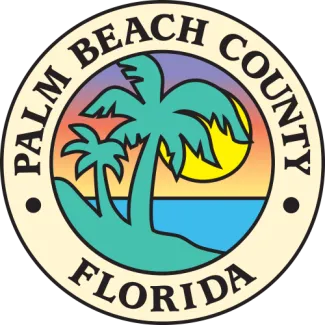Apples with Plate
Image

Charles Demuth
b. 1883 Lancaster, PA; d. 1935 Lancaster, PA
Apples with Plate, no date
Watercolor and graphite on paper
12 x 18 in
Acquired in 1989
The Dr. and Mrs. John J. Mayers Collection
Throughout his career, a favored subject matter and medium for Charles Demuth was a still-life arrangement in watercolor on paper. His watercolor technique was slightly out of the ordinary as he would often sprinkle table salt into wet washes to create dappled textures, as seen here in the apples. He also blotted moist washes to soften the edges of the objects so to gradually blend them with each other or have them fade away. In addition to watercolor, he used graphite to create lines that were nervous, sensitive and eloquent to support nearly all of his compositions. In Apples with Plate, the graphite lines are filled with sparkling blues and vibrant yellows to form a composition that exudes Modernism and expertise of the media, while also evoking the lessons he learned from his idol Cézanne. The tilted composition that creates a spatial tension and a concern with showing volume and reflected light off the rounded surfaces of the apples and folds of the tablecloth can be seen in any Cézanne still life as well. Additionally Demuth’s compositions are indebted to his knowledge of Cubism and Futurism, which in his compositions became his signature Precisionist style of inserting “lines of force.” For Apples with Plate Demuth incorporated repeating, diagonal line that subtly breakup the tabletop background into multiple fragments and planes, while maintaining an overall appearance that is legible and cohesive.
Demuth received formal art training at the Pennsylvania Academy before traveling to Europe several times for a more advanced, avant-garde education. Once back in the US, the artist was a part of the Modernist circle of Alfred Stieglitz, John Marin, Marsden Hartley, Marcel Duchamp, Walter Arensberg and Albert Barnes. Even with his great admiration for and adaptation of such European styles as Post-Impressionism, Cubism and Futurism, he remained a painter of the American scene based in the surroundings of his native Lancaster, Pennsylvania or adopted homes of New York and Provincetown.





